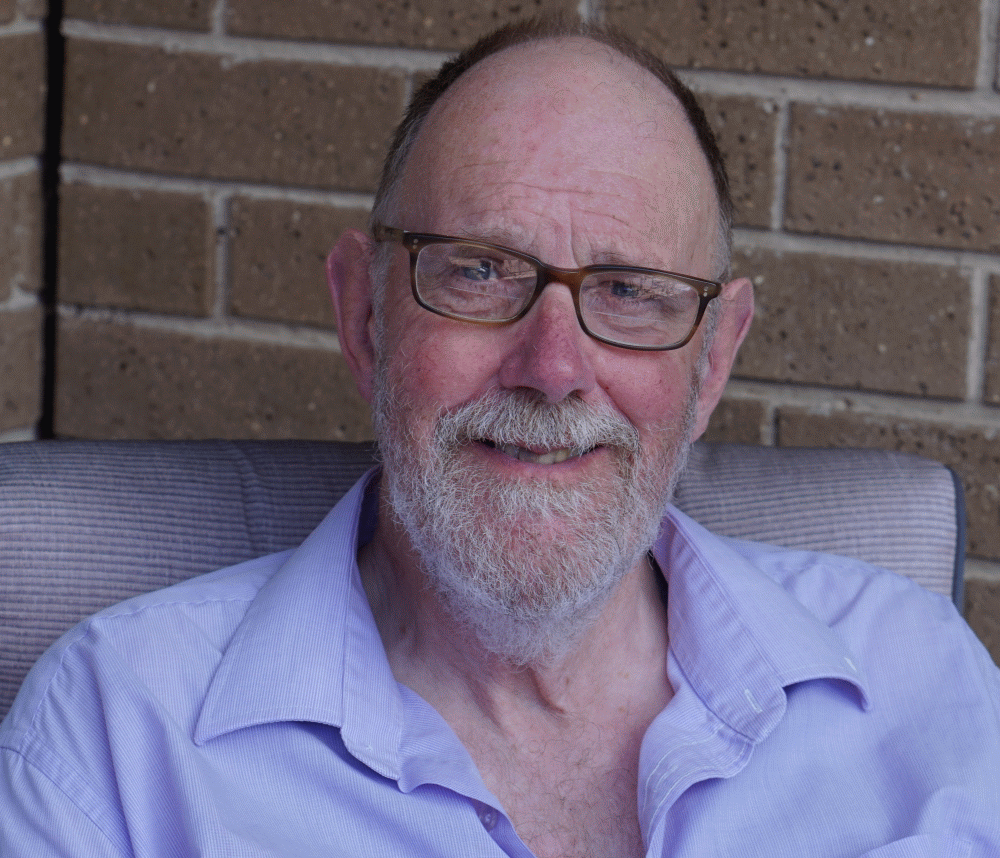Bruce Dickson
Bruce is a physical chemist by training with a long history in measurements of natural radioactivity and computer assisted data processing. He worked for nearly thirty years with CSIRO on a variety of aspects of application or radiation measurements to mineral exploration. His work covered aspects of uranium grade control, uranium exploration using ground waters, radioactive disequilibrium in uranium deposits, the processing and interpretation of aerial gamma-ray surveys and on visualizing and interpreting complex data sets. Much of this work focused on the mobility and deposition of various metals in the uniquely-weathered near-surface environment of Australia.
opal science discussion
Recently added is a discussion paper from Bruce regarding the inclusion of pyrite in black opal from Lightning Ridge NSW, Australia. You can read it in our literature section there is a link here:
His involvement with silica and opal goes back many years. In 1973 he turned down a job with NZ DSIR to work on problem of silica in geothermal waters but in 1978, was part of a team looking at the thermoluminescence of natural opal and Gilson opal as a means of distinguishing the two. The conclusion (to borrow from Winston Churchill) was that “Opal is a riddle, wrapped in a mystery inside an enigma”. As a result he kept away from opal for the rest of his career with CSIRO and concentrated his studies on simpler elements such as U, Th, Pa, Po and Ra. This led to examining many strange geochemical phenomena which are characteristic of the Australian near-surface environment.
Bruce obtained his Masters Science degree at the Victoria University in New Zealand, (1969) and obtained his PhD and diploma at the Imperial College in London (1973) as well as a post-doc at the Australian National University (ANU) in Canberra (1976). Bruce worked for the CSIRO from 1975 - 2004.
After leaving CSIRO in 2004, he then ran a consultancy till 2011, developing and applying methods of natural radiation measurement. Since 2014 he has turned his attention to the vexed issues of how and when Australian opal formed. Currently, Bruce sees there are 15 (or more) published models for how Australian opal formed and claims as to the age of formation range from 140Ma to10Ka years. This situation reflects an almost complete lack of hard data to constrain the many ideas on Australian opal. His approach has been to look for where hard data might be obtained and has recently published articles on applying palaeomagnetism to Yowah nuts (getting a maximum age for opal of 35±7 Ma) and studying rare earth elements in opal which suggest that the opal was not derived from its host rocks. He is continuing to work on the trace element data particularly looking for means to constrain the pH-Eh conditions under which opal formed.
LITERATURE:
Paleomagnetic dating of ironstone nodules (‘nuts’) from the Yowah opal field, central southern Queensland. PW Schmidt and BL Dickson. Australian Journal of Earth Sciences, 2017, Vol.64, No. 6, pp743-752
The abstract is reproduced below.
Which water formed Australian Sediment-hosted precious and potch opal? BL Dickson. Australian Journal of Earth Sciences, https://doi.org/10.1080/08120099.2019.1572032,
The abstract for the article is reproduced below.
WHAT QUESTIONS DO THESE VIDEOS PROPOSE ABOUT OPAL AND OPAL FORMATION?
Here at the opal academy we would like to foster more scientific discussion regarding all aspects of opal formation, mineralogy and other science. There is room on the academy website to ask questions. as we progress, we will place some questions here for discussions. If you have other ideas, theories and postulations please contact the curator!












